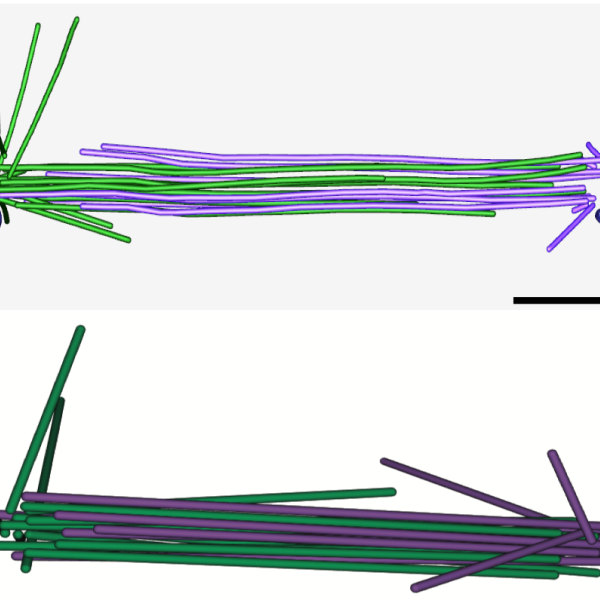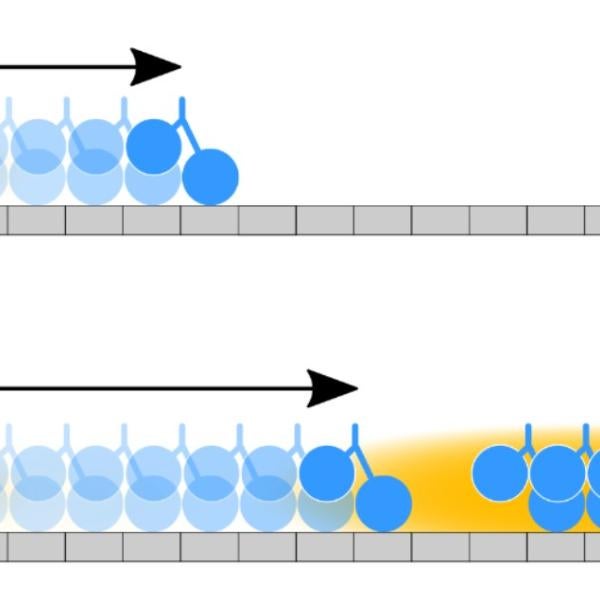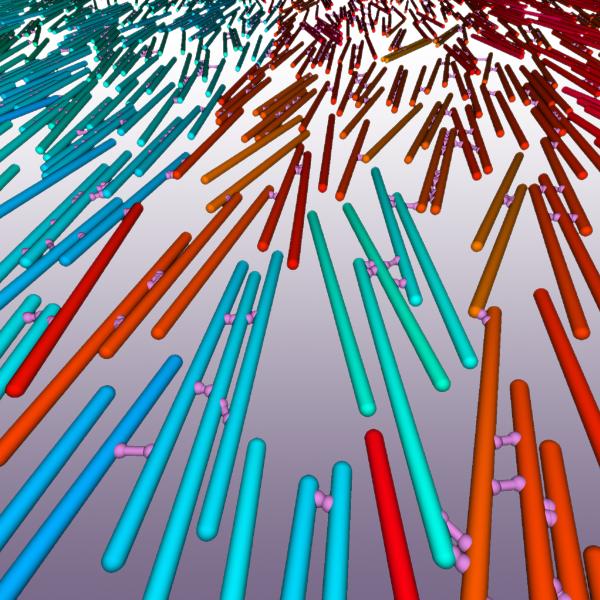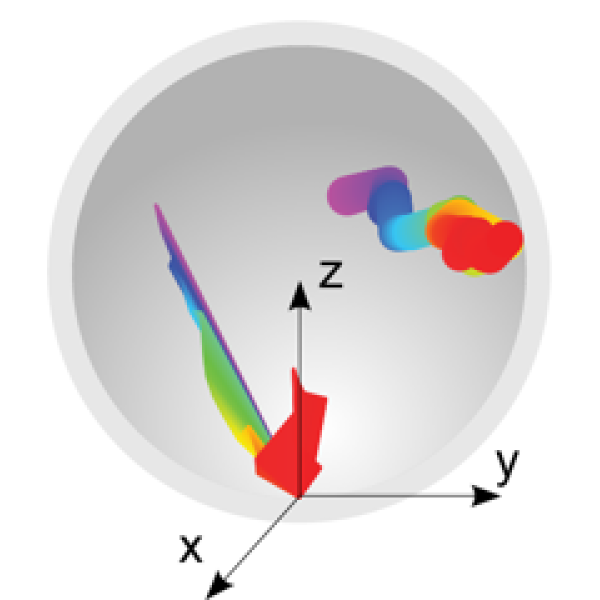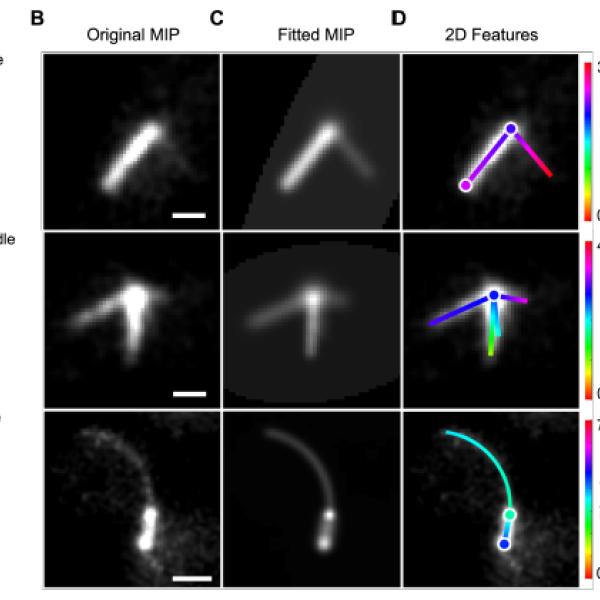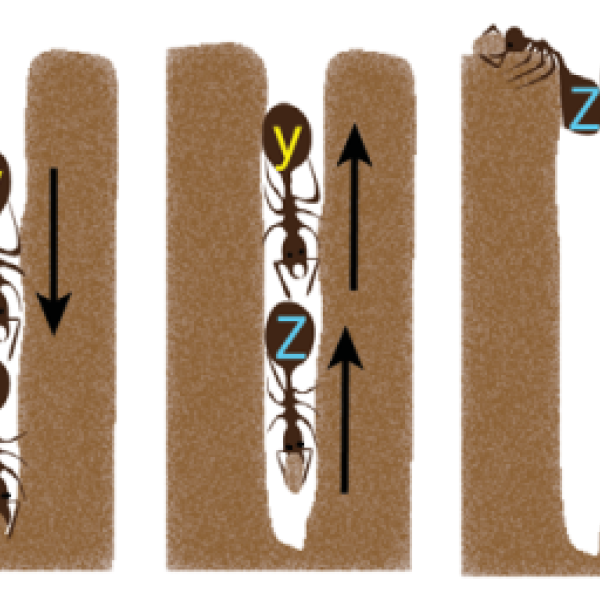Research
Research Topics grid
During cell division, mitotic spindles segregate duplicated chromosomes with high fidelity. Interactions between microtubules, motor proteins, and crosslinkers organize the spindle into a bipolar array, but how these molecules organize the spindle is not fully understood.
Microtubules and other biological filaments can serve as one-dimensional tracks on which motor proteins move. The movement and collective organization of motors and how they can affect filament length are open questions.
In mixtures of cytoskeletal filaments and molecular motors, local sliding motions can lead to large-scale collective motions. How do we integrate molecular-level knowledge to predict higher-order aspects of assembly and organization in these systems?
For a living cell to divide successfully, each daughter cell must inherit the correct genetic material. We are working to understanding how the microtubule-based mitotic spindle organizes and moves chromosomes.
We develop new computational methods for simulation and image analysis.
Collaborations with other labs apply our tools to a range of biological and biophysical systems, from bacteria to ants.


